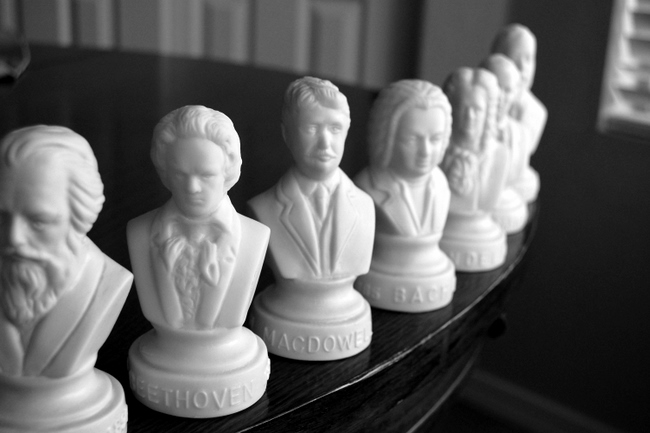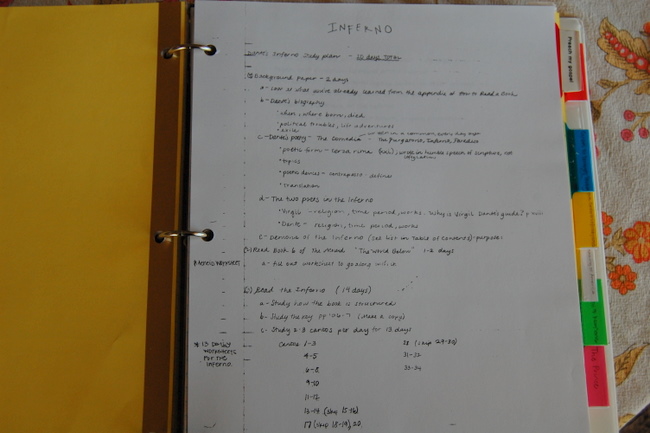I loved the concept of this book. It’s a collection of stories about the women of the Revolutionary War era. I liked reading about women from the southern colonies, not just Abigail Adams. However, the slim amount of material written by women in this era, along with some annoying habits of the author left me a little disappointed.
It’s not the author’s fault that there isn’t much primary source material from the period. Many women didn’t have the luxury of education or time to write. Also, many women burned their letters. It was the ladylike thing to do. I blame Martha Washington for the world’s lack of understanding of George Washington because she burned much of his correspondence.
Since there is no way to really know what the women thought or felt, Roberts compensates by inserting her own feelings into the situation. Roberts repeats the phrase, “she must have…” again and again, inserting a modern feminist tension where there may not have been any.
Cokie’s shortsighted feminism is a major weakness in the book. Childbearing is depicted primarily as a burden. She celebrates these women for all that they did without their husbands, but she can’t seem to cheer for their husbands at the same time.
She finds every opportunity to list faults in Washington, Adams, and Franklin. She had a hangup about George Washington writing about beautiful ladies. She especially seems to dislike Franklin because he left his wife to run the business while he had fun in Europe. It seems pretty clear that Franklin’s wife wished to be home. History is rarely as simple as, “He was a jerk. She was a martyr. We should rewrite the history books.” Roberts doesn’t make a serious effort to explore other motives or possibilities.
Not far into the book I realized that author doesn’t trust the few primary sources that she quotes to speak for themselves. This author’s thoughts are really intrusive. Abigail, in 18th century prose, is suddenly interrupted by Cokie’s, “No kidding!” (How annoying.)
John Adams by David McCullough gives a more complete picture of several women of the day because he allows historical characters to speak for themselves. His research is amazing. I recommend that you read this instead of Founding Mothers.












